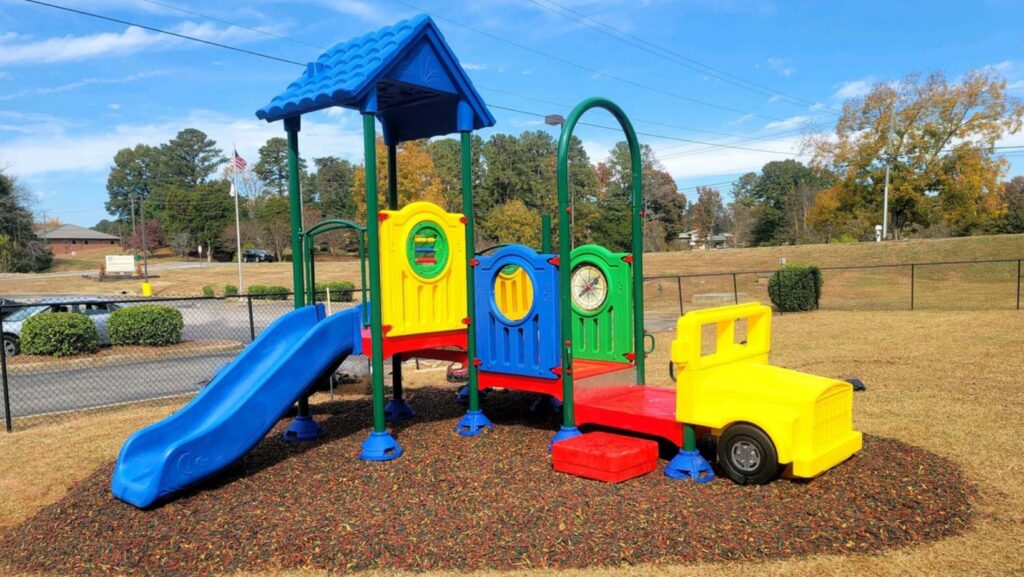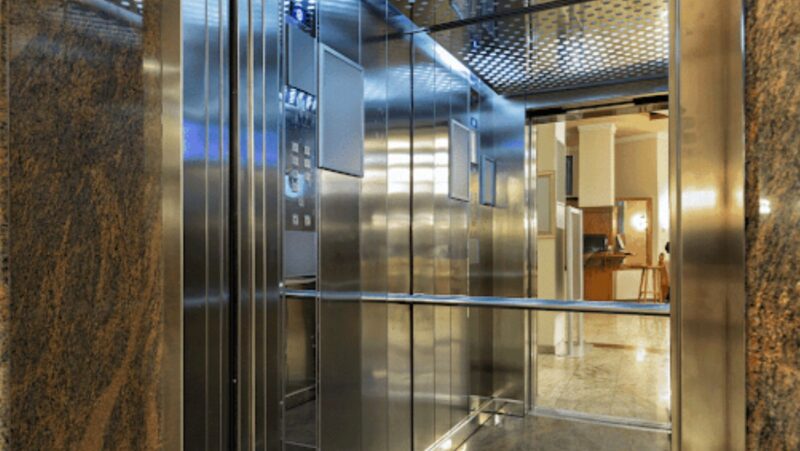
In today’s amenity-driven real estate market, the humble playground has evolved from a simple perk to a proven profit engine. For multifamily properties, modern play areas can command significant rent premiums compared to assets lacking kid-friendly amenities. This trend also applies to retail centers, where interactive play zones can lead to an uplift in sales.
Upgrading or adding a playground delivers measurable returns across revenue, occupancy, and brand equity. This article breaks down the financial math, the marketing boost, and the implementation blueprint. We will explore how you can forecast the upside for your next project.
Financial ROI Drivers
Longer Dwell Time = Increased On-Site Spending
When shoppers linger, they spend. A Deloitte study of U.S. lifestyle centers showed that families stayed 20–40 percent longer when a safe, modern play area was available. For a retail property, extending a family’s trip translates to more potential spending, a small number that scales quickly across thousands of monthly visits.
Repeat Visits & Customer Loyalty
Playgrounds encourage habit-forming behavior for your site. Research from the International Council of Shopping Centers found that parents with young children revisit locations with high-quality play amenities more often than venues without them. Repeat traffic is the most cost-effective traffic, as it improves customer lifetime value.
Revenue per Square Foot Uplift
Consider an under-utilized corner in a retail center. A professionally designed play zone can catalyze incremental food, beverage, and impulse spending elsewhere in the center. This can generate significant upside without the operating expense of adding more retail tenants.
Rental Premiums & Cap-Rate Improvements
Research shows that urban green spaces, such as parks and playgrounds, generally increase nearby property values by enhancing the living environment.
The size, quality, and accessibility of green spaces influence this effect, with larger and well-maintained parks having a stronger positive impact. Proximity to such spaces can increase home prices by up to around 14%. However, poor maintenance, noise, or parking issues can reduce property values near parks.
Financially, small improvements in net operating income from investments in green amenities can significantly raise property asset values when using typical real estate cap rates. This supports the value of investing in urban green spaces to boost property value and justify rent premiums.
| Key Insight: Even minor rent premiums driven by a playground can significantly increase the property’s overall asset value, thanks to the direct impact on Net Operating Income and cap rate calculations. |
Marketing & Reputation Boost
Word-of-Mouth That Actually Works
Parents share information about good play areas like foodies share new restaurants. Instagrammable features, such as nature-themed climbing walls or musical play elements, trigger organic social posts that serve as free advertising. Sourcing unique elements from a diverse selection of WillyGoat’s playground equipment components is key to building a truly shareable space.
Online Reviews & SEO Benefits
A boutique hotel upgraded its aging swing set to a themed, inclusive playground and saw its Google rating jump from 4.1 to 4.5 stars. This visibility drove a significant increase in direct bookings.
Differentiation in Crowded Markets
As amenities become standard, advanced play elements help differentiate your asset. While competitors add gyms or dog parks, you can own the family niche. This makes your property the preferred destination for a loyal demographic.
| Key Insight: In a competitive market, a unique playground isn’t just an amenity; it’s a powerful marketing tool that builds a loyal family demographic and generates free promotion through social sharing and positive reviews. |
Beyond the Bottom Line: Social & Community ROI
Active play combats childhood obesity and supports cognitive development. According to the Centers for Disease Control and Prevention, communities with quality play areas report higher physical activity rates among children. This is a metric frequently cited in grant applications.

Installing ADA-compliant ramps, sensory panels, and ground-level play equipment widens your appeal. This attracts special-needs families, a segment with strong loyalty and advocacy that can enhance your community’s reputation.
A successful playground project follows a clear, four-step process from concept to completion.
Site Assessment & Space Planning
Start with a usage audit, considering peak foot traffic, sightlines for caregivers, and shade analysis. Use this data to optimize the location and layout of play zones for maximum safety and engagement.
Selecting Commercial-Grade Equipment
Always look for IPEMA-certified vendors to ensure equipment meets ASTM and CPSC safety compliance standards. When comparing options, evaluate warranties, lead times, and modularity to ensure you select durable, long-lasting structures.
Budgeting & Funding Options
Beyond capital expenditures, explore community grants from organizations like the NRPA or KaBOOM!. You can also consider vendor financing or tenant cost-sharing models for funding amenity upgrades.
Measuring Success: KPIs & Tracking Tools
To properly attribute ROI, establish baselines before construction begins. Key metrics to track include dwell time, revenue per ticket, rent premiums, and changes in online review scores.
| Warning/Important: Prioritizing safety is non-negotiable. Always use IPEMA-certified, commercial-grade equipment to ensure compliance. Residential-grade structures pose a significant liability risk and are unfit for public or commercial properties. |
A Strategic Asset for Modern Properties
Modern playgrounds are no longer just for children; they are strategic assets that boost NOI, valuation, and reputation. The return on investment is tangible, from extending customer dwell times to generating compelling social-share moments.
By carefully planning, selecting the right equipment, and measuring the results, property owners can turn underutilized space into a powerful driver of financial and community value.












